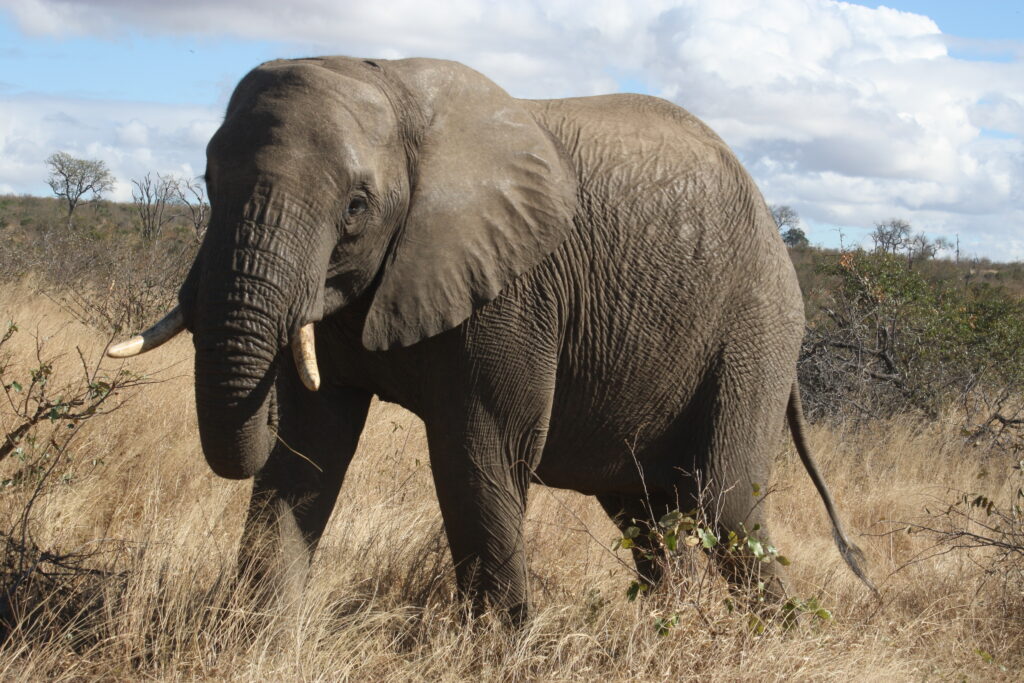Jumbo (Historical Individual Elephant – African Bush Elephant)
Species: Loxodonta africana (African bush elephant)
Born: Around 1860, in Sudan or Eritrea
Died: September 15, 1885, in St. Thomas, Ontario, Canada
Known for: Being the most famous elephant of the 19th century; inspiration for the word “jumbo” meaning “large”

Overview:
Jumbo was a male African bush elephant who became world-famous during the 19th century. Captured as a calf in East Africa, he was eventually sold to European zoos and later became a major attraction at London Zoo before being purchased by P.T. Barnum, the American showman, for his circus in the United States. His immense size and popularity helped solidify the word “jumbo” in the English language as a synonym for anything huge.

Key Life Events:
- Early Life and Capture (c. 1860):
Jumbo was captured in the wild in present-day Sudan or Eritrea after his mother was killed by hunters. As was common in the exotic animal trade at the time, he was sold and transported through various countries. - Paris & London Zoos (1865–1882):
Initially housed at the Jardin des Plantes in Paris, he was later moved to London Zoo in 1865. There, he became a beloved attraction. Visitors, especially children, could ride on his back. He was known for his gentle behavior, though in later years he became increasingly agitated, possibly due to musth or psychological stress. - Sale to P.T. Barnum (1882):
Despite public protest in Britain, Barnum purchased Jumbo for £2,000. The elephant’s departure sparked an outcry, especially from schoolchildren. The sale became an international media sensation. - Touring America (1882–1885):
Jumbo became the star attraction in Barnum & Bailey’s Circus. Advertised as “The Largest Elephant in the World,” he drew enormous crowds. He was estimated to be around 11 feet tall at the shoulder and weigh about 6 tons, though later measurements have suggested exaggeration in these claims. - Death (1885):
Jumbo was killed in a tragic accident in St. Thomas, Ontario, when he was hit by a freight train while being led along the tracks. His death was heavily publicized and mourned.

Legacy:
- Cultural Impact:
- The word “jumbo” became widely adopted to describe anything oversized.
- He remains a symbol of circus history and animal exhibition.
- Scientific and Historical Interest:
- His skeleton is preserved at the American Museum of Natural History in New York.
- His heart was preserved and displayed for a time.
- His skin was mounted and displayed by Tufts University, whose mascot remains an elephant named Jumbo.
- Criticism and Reflection:
- Jumbo’s life and death highlight 19th-century practices around exotic animal trade and display, which today are often viewed as exploitative.
- Modern perspectives consider the psychological toll and poor conditions under which many circus animals were kept.
Would you like a visual representation or timeline of Jumbo’s life, or more detail about his impact on language and culture?